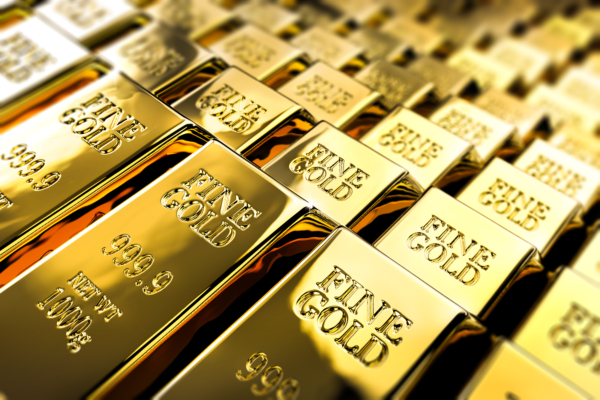Gold has emerged as the most eye-catching commodity so far this year, with a surge of 18.5% and breaking records. However, the sharp increase in gold prices may in turn affect consumers’ purchasing power.
On August 2nd, the spot price of gold closed at $2,443.29 per ounce, with the upward trend for the year remaining relatively stable. The peak in gold prices occurred on July 17th, reaching as high as $2,483.60.
The World Gold Council released its latest quarterly report last week, indicating that total gold demand in the second quarter reached 1,258.2 metric tons, setting a new historical high for the same period, representing an increase of approximately 4% compared to the same period in 2023.
However, Reuters found some trends in demand-related data that may suggest a slowdown in demand in the coming quarters.
The largest increase in demand came from the over-the-counter (OTC) market as identified by the World Gold Council, primarily involving institutional investors, high-net-worth individuals, and family businesses.
The OTC demand in the second quarter was 329.2 metric tons, a 53% year-on-year increase, surging by 385% compared to the first quarter.
The World Gold Council attributed the surge in OTC demand to “portfolio diversification.” This raises concerns about the sustainability of this demand, as once these investors feel they have enough gold in their portfolios, they are likely to reduce purchases.
The report also indicated a significant decline in jewelry consumption, dropping to 390.6 metric tons in the second quarter, a 19% year-on-year decrease. Additionally, official coin demand joined the declining trend, plummeting by 38% in the second quarter to 52.7 metric tons.
All of these factors suggest that due to significant inflation, consumers may be starting to reduce their purchases.
Of particular concern is the jewelry demand in China and India, the two largest buyers of physical gold, accounting for almost half of the market.
According to the World Gold Council report, jewelry demand in China decreased by 35% in the second quarter to 86.3 metric tons, while India saw a 17% decline to 106.5 metric tons.
In June, net imports through Hong Kong decreased by 18%, with official data showing imports at 21.92 metric tons, lower than May’s 26.72 metric tons, further indicating a potential weakening of China’s gold demand.
As China does not disclose gold import data, relevant data from Hong Kong becomes a crucial reference for observing China’s gold demand.
In India, following the government’s reduction of gold import duties from 15% to 6%, the country’s consumption demand is expected to receive a boost in this quarter. However, this is likely to provide only a one-time stimulus to demand and may not lead to sustained growth.
The rise in gold prices has also affected the trading volume of exchange-traded funds (ETFs). The World Gold Council’s data shows a decrease of 113 metric tons in net outflows in the first quarter, further decreasing by 7.2 metric tons in the second quarter.
Central bank purchases decreased in the second quarter to 183.4 metric tons, lower than the first quarter’s 299.9 metric tons but a 6% increase from the second quarter of 2023 at 173.6 metric tons.
These factors indicate that the historic high in gold prices has begun to restrain demand that is more sensitive to price fluctuations.
However, it’s not all bad news as with several major countries expected to ease monetary policies, investor interest may be sustained, especially if the Federal Reserve lowers interest rates.
Due to ongoing conflicts in the Middle East and Ukraine, continued geopolitical tensions, and the looming uncertainty of the upcoming U.S. presidential election, gold may continue to attract significant attention.
Reuters believes that, all in all, for the remainder of the year, gold prices may remain within a relatively narrow range of either trending up or down.

